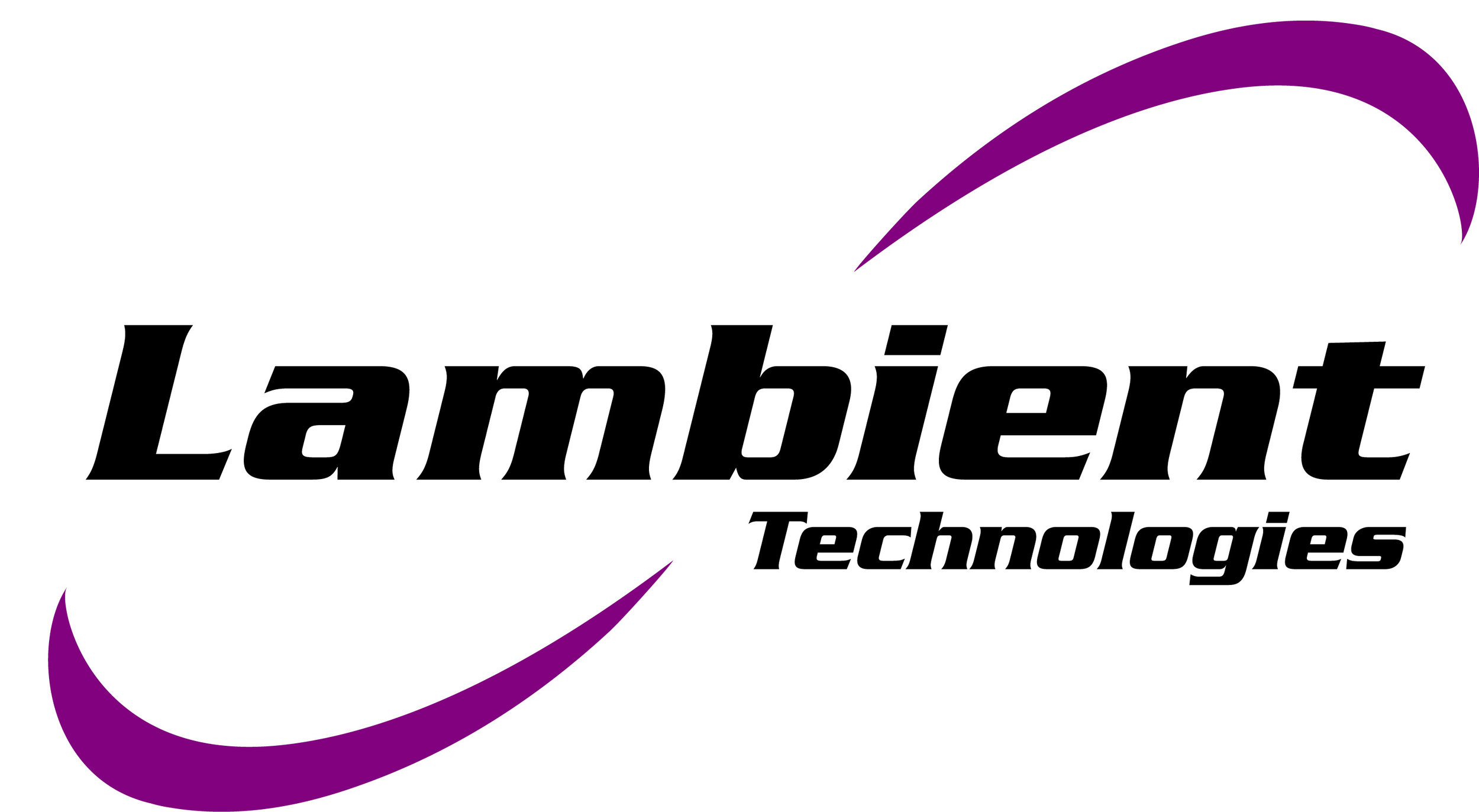Materials
Technician working on carbon fiber for automotive application.
Cure Monitoring of Sheet Molding Compound (SMC): The curing behavior of Sheet Molding Compound (SMC) was observed using the LT-451 Dielectric Cure Monitor. Bulk Molding Compound (BMC) is the generally the same material as SMC but in bulk form, so the analysis of results apply to BMC as well.
Cure Monitoring of Bulk Molding Compound (BMC): The curing behavior of Bulk Molding Compound (BMC) was observed using the LTF‑631 High Speed Dielectric Cure Monitor. Bulk Molding Compound is generally the same material as Sheet Molding Compound (SMC) but in bulk form, so the analysis of results can apply to SMC as well. The data from dielectric cure monitoring (DEA) clearly show how Critical Points identify features of the cure and enable quantitative comparison of cures under different process temperatures.
Cure Monitoring of Epoxy Molding Compound (EMC): Normally available in either B-staged powders or pellets for transfer molding, EMC is essential for electronics packaging and is used to encapsulate billions of integrated circuits each year. Samples of EMC were placed on a reusable 1” Single-Electrode Sensor then compressed and cured for separate runs at 150 °C, 160 °C, 170 °C and 180 °C. The cure time for these samples can be less than three minutes so an LTF‑631 High Speed Dielectric Cure Monitor measured the dielectric properties of each sample.
Cure Monitoring of Carbon Fiber Prepreg: Samples from a single batch of carbon fiber reinforced prepreg (CFRP) were tested for repeatability and effect of temperature on cure rate. The data from dielectric cure monitoring clearly show that:
(1) Critical Points identify characteristic features of the cure such as minimum ion viscosity, maximum slope of log(ion viscosity) and the time to a chosen end of cure and,
(2) Cure time decreases as cure temperature increases, as expected for a reaction that is thermally driven.
Sensors for Cure Monitoring of Carbon Fiber Composites: Testing pure resins or resin-fiberglass composites is generally simple and only requires placing the material on the sensor. With carbon-fiber composites, however, a conductive fiber contacting the sensor will short circuit its electrodes and cause bad, unusable measurements. Despite this problem, cure monitoring of carbon fiber reinforced prepreg (CFRP), carbon fiber sheet molding compound (CF-SMC) and similar composites is possible with filtered or coated sensors.
Carbon+ Sensors for Direct Contact Cure Monitoring of Carbon Fiber Composites: Dielectric sensors normally require filters to block conductive fibers and prevent short circuiting of the electrodes. Filters, however, must be replaced manually after each test and add time, effort and cost, so it is necessary to avoid them in rapid, repetitive operations. For cure monitoring without filters, Carbon+Unitrode sensors from Lambient Technologies have a rugged, insulating coating that allows direct contact with carbon fiber composites. As a result, Carbon+Unitrode sensors can be used in manufacturing to observe the entire cure, and can detect end of cure for opening a press or mold.
Real-Time Monitoring of UV Cured Resin: Quad-Cure 1933 is a urethane acrylate glass-metal bonder that may be cured with UV, visible, LED light and heat. Under UV irradiation, this resin reacts rapidly and exhibits dynamic behavior that would be difficult or impossible to see with differential scanning calorimetry (DSC), the conventional method of studying cure state. In contrast, dielectric cure monitoring (DEA) has the unique ability to measure cure in real-time, which is valuable for studying materials that polymerize in seconds.
Cure Monitoring of Near-UV Cured Gel Nail Polish: Lambient Technologies tested the base gel for a nail polish system that requires near-ultraviolet light to cure.
Cure Monitoring of Polyurethane: Lambient Technologies studied room temperature cures of a polyurethane resin with three different catalysts. An LT-451 Dielectric Cure Monitor made measurements during each test at excitation frequencies from 0.1 Hz to 100 kHz for 24 to 36 hours.
Cure Monitoring of Epi-Kote MGS LR135 Epoxy: Lambient Technologies tested Epi-Kote MGS LR 135 resin cured with Epi‑Kure MGS LN 134 catalyst at 55 °C, 70 °C and 85 °C to observe the effect of process temperature on cure rate. Epoxies in the Epi-Kote product family are widely used in the fabrication of wind turbine blades, often using the process of resin transfer molding with fiberglass reinforcement. The data from dielectric cure monitoring clearly show cure time decreases as cure temperature increases, as expected for a reaction that is thermally driven.
Cure Index Analysis of Five-Minute Epoxy: Lambient Technologies tested a generic “Five-Minute Epoxy” to observe the effect of different thermal conditions on the progress of cure. For isothermal tests, ion viscosity measurements easily reveal cure state because temperature is not a variable; however, five-minute epoxy can generate a significant exotherm, making the typical reaction non-isothermal.
In this case, because ion viscosity depends on both cure state and temperature, reaction rate and degree of cure are not clear when analyzing ion viscosity alone. With Cure Index analysis, which accounts for the effect of temperature, dielectric measurements clearly show how cure time decreases and how degree of cure increases with greater peak exotherms, as expected for thermally driven reactions.
Acrylic Adhesive Cure: Lambient Technologies tested samples of a commercially available two-part acrylic structural adhesive with the LT-451 Dielectric Cure Monitor.

